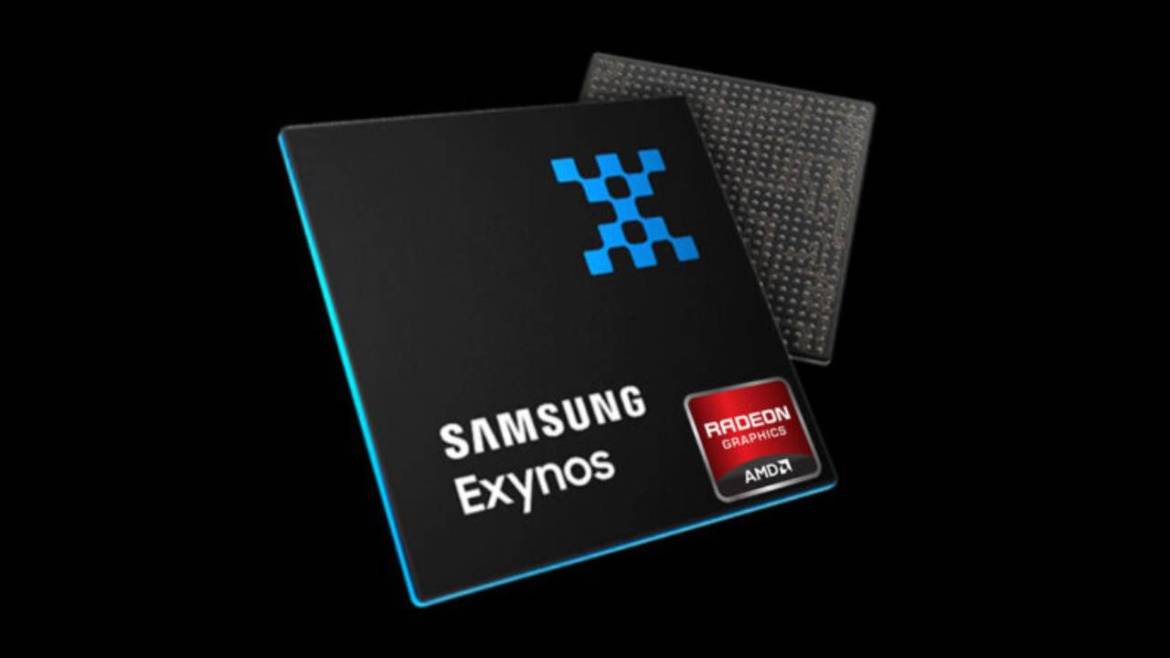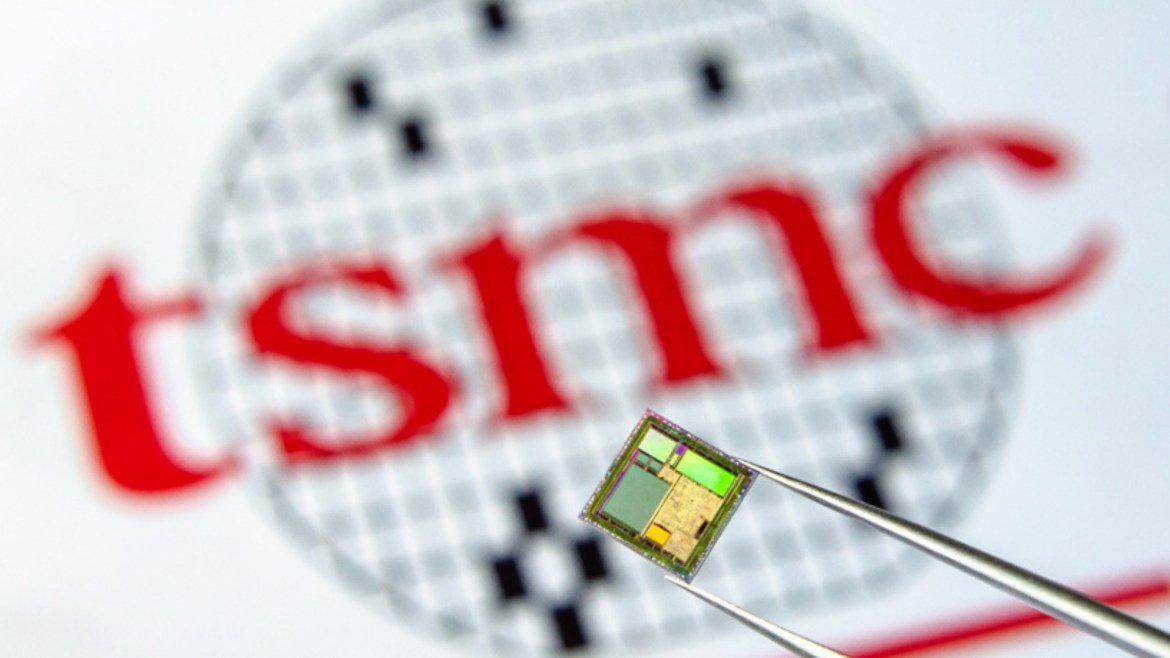Samsung has started to take ambitious steps in recent years, as it has lagged behind Apple and Huawei in the processor market. The company, which recently cooperated with AMD, started working together for the Exynos 2200 series chipset, which will be included in the S22 series next year. According to the news today, the successful duo can also work together for the 3nm processor.
In the original partnership, Samsung was the party that actually produced the processor. However, AMD undertook the production of the graphics interface unit (GPU) in the chip. With this Exynos series going one step further, AMD has started to show itself in the mobile industry market. Of course, we will see the real results by testing the device when it is released.
Samsung is not only interested in AMD, 3nm processor production!
Recent information has revealed that AMD may be the first customer of Samsung’s cutting-edge 3nm processor technology. In this way, the cooperation between the companies will continue for many years.

According to WccFTech, DigiTimes industry sources believe TSMC’s close relationship with Apple has caused AMD to consider choosing Samsung for their 3nm orders. Since Qualcomm is also allegedly interested in Samsung’s 3nm processing units, AMD is trying to act quickly.
It is said that the main reason why both major chip manufacturers are turning to Samsung is due to their dissatisfaction with TSMC’s relationship with Apple. Regardless of these rumors, TSMC will start production from 3nm process technology in the first half of next year.

Although Apple is one of the first customers of TSMC’s 3nm process, the company allegedly preferred Apple for the supply of semiconductors produced using advanced technologies. Therefore, some of the reactions are accumulating against TMSC.
According to a separate report by IC Insights, AMD is expected to top the list of top ten growing companies in the semiconductor industry for 2021. This year, the company is expected to see an impressive 65 percent revenue growth compared to last year.
After the company’s strong performance in 2020, where it saw 45% annual revenue growth and reached US$9.8 billion, this means it will bring in $16 billion in fiscal 2021.
What do you think about this subject? Don’t forget to share your views with us in the comments!